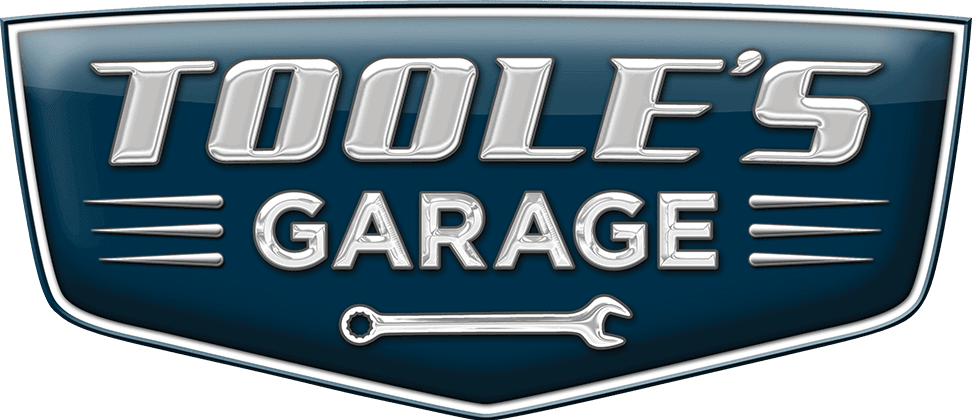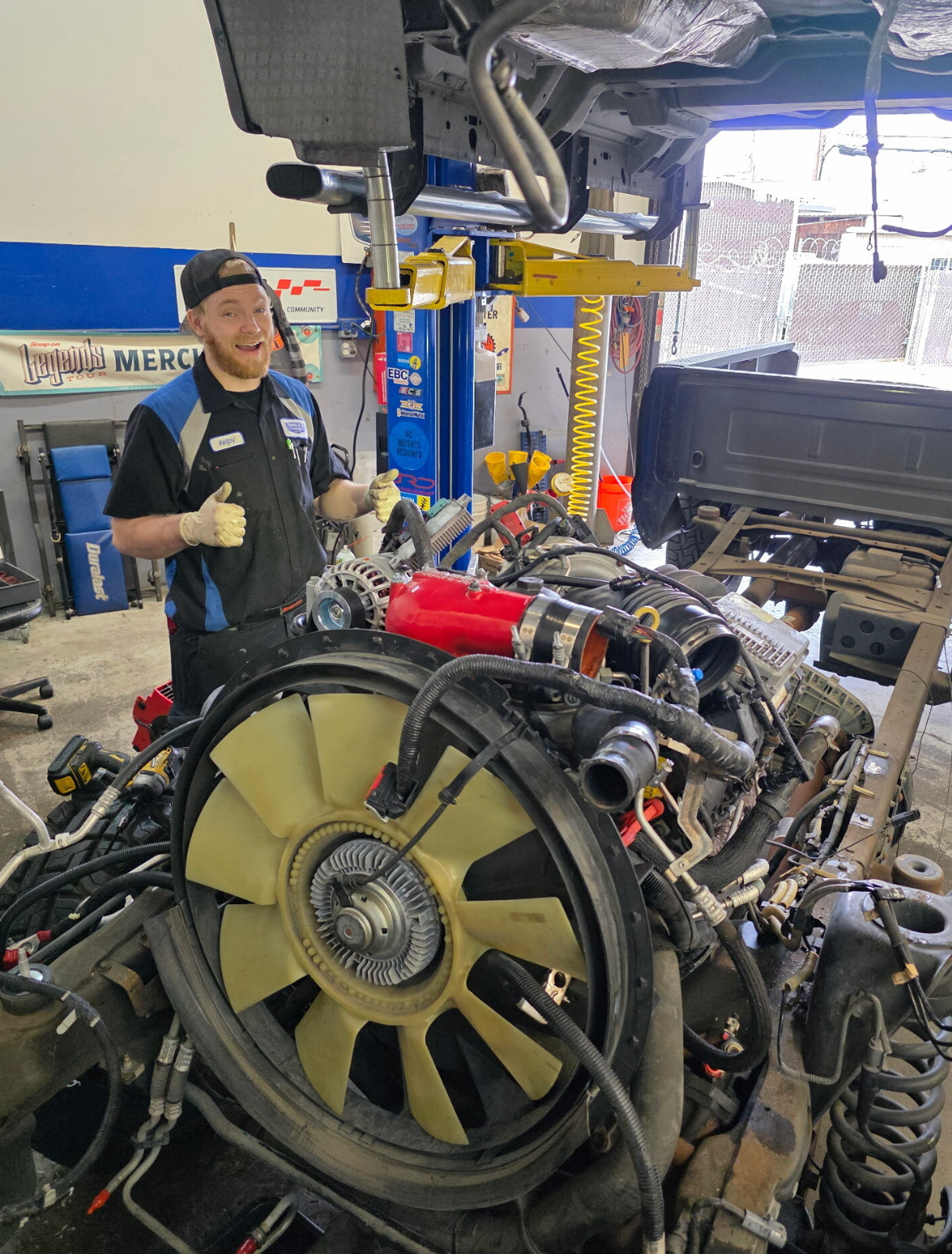Long dry spells change the road. Oil and dust build up on the pavement, tires dry out a bit, wiper blades harden, and drains collect debris. When the first big storm hits, that oily film lifts, traction drops, and visibility becomes the real challenge. A quick pre-rain plan keeps your car sure-footed, your glass clear, and your trip less stressful when California finally gets the downpour it has been missing.
Tires
Tires lose wet-road bite long before they look bald. Tread depth below about 4/32 inch struggles to move water out from under the contact patch, which raises hydroplaning risk at surprisingly low speeds. Check all four tires with a tread gauge and look for uneven wear that hints at alignment issues. Set the pressures to the door label number when the tires are cold.
If your pressure monitor has been warning on cool mornings, you may already be a few psi under the target, which hurts wet traction and braking.
Brakes
Water reduces friction until pads and rotors wipe themselves dry. If the system already has issues, the first mile in a storm will expose them. Pulsation from rotor thickness variation, dragging calipers, or thin pads all lengthen wet stopping distances. A quick inspection for pad life, clean and lubricated slide pins, and firm fluid condition pays off the first time traffic stacks up on a shiny freeway.
If you tow or drive in the hills, consider rotors and pads matched to higher heat so the pedal feel stays consistent in the wet.
Visibility
Hardened wiper blades smear instead of squeegee. If the rubber leaves fine lines or chatters in a drizzle, replace the blades now. Top the washer reservoir with low-temperature fluid so it does not dilute the first time you spray. Many drivers forget the cabin air filter’s role in defogging; a clogged filter slows airflow to the windshield and makes it hard to clear humid glass.
Turn on the A/C with heat to dehumidify the air when the cabin fogs, then switch out of recirculate once the glass is clear so moisture has a path out.
Electrical and Battery Readiness
Wet weather exposes weak connections. A battery that is marginal after a hot summer can dip below the voltage that modern modules expect, which leads to flickering screens and random warnings. Clean the terminals, confirm the hold-down is tight, and have the battery tested for its state of health, not just its charge. Inspect exterior lights and replace cloudy bulbs so you are visible in heavy spray.
If your car has headlight lenses that have grown hazy, a quick restoration improves light output on dark, wet evenings.
Seals, Drains, and Underbody
Dust, leaves, and pine needles collect during dry months. Cowl drains near the base of the windshield can clog, sending water into the cabin during a downpour. Clear debris from the cowl and sunroof drains if equipped. Check door and trunk weatherstrips for tears so water does not pool in hidden pockets where electronics live.
After the first big storm, a gentle underbody rinse removes mud and grit from brake and exhaust brackets that hold moisture against metal.
Driving Habits for the First Storm
The first hour of rain is the slickest as oil lifts from the pavement. Give yourself a larger following gap and lower speed. Avoid cruise control in standing water so you can lift the throttle quickly if the tires start to skim. If you feel the steering go light, ease off the gas, keep the wheel straight, and let the tires roll down to a speed where they can bite again.
Gentle inputs keep stability control calm and help the tires cut through the film rather than slide over it.
A Quick Pre-Storm Checklist
- Measure tread depth and set tire pressures to the door label
- Replace wiper blades and top the washer reservoir
- Inspect brake pad thickness and rotor condition
- Test the battery and clean the terminals
- Clear cowl and sunroof drains, check weatherstrips
- Verify all exterior lights, especially brake and tail lamps
These small steps stack up to a big gain in confidence when the sky opens.
What To Do After Driving Through Deep Puddles
If you cross water that reaches the bottom of the doors, assume some moisture touched the brakes and underbody. Lightly brake for a few seconds afterward to dry the rotors. If the steering feels heavy or you hear a new belt squeal after a splash, a wet serpentine belt may be slipping; let it dry while avoiding heavy electrical loads.
If the car ever stalls in deep water, do not crank it repeatedly. Have it checked to prevent water ingestion damage.
Storm-Ready Service at Toole’s Garage in California
If you want your car prepared for the first big rain, we can help. Our team checks tires and alignment, services brakes and fluid, installs fresh wiper blades and a clean cabin filter, tests the battery and charging system, and clears drains so water stays out and visibility stays high.
Schedule a visit with Toole’s Garage in California, and head into the storm with clear glass, confident stops, and a car that feels planted on wet pavement.
- Toole's Garage - San Carlos, 1065 Washington Street, San Carlos, CA
- Toole's Garage - Valley Springs, 3577 W. Highway 12, Valley Springs, CA
- Toole's Garage - Stockton, 847 N. El Dorado St., Stockton, CA
- Toole's Garage - Jackson, 12700 Kennedy Flat Road Jackson, CA



